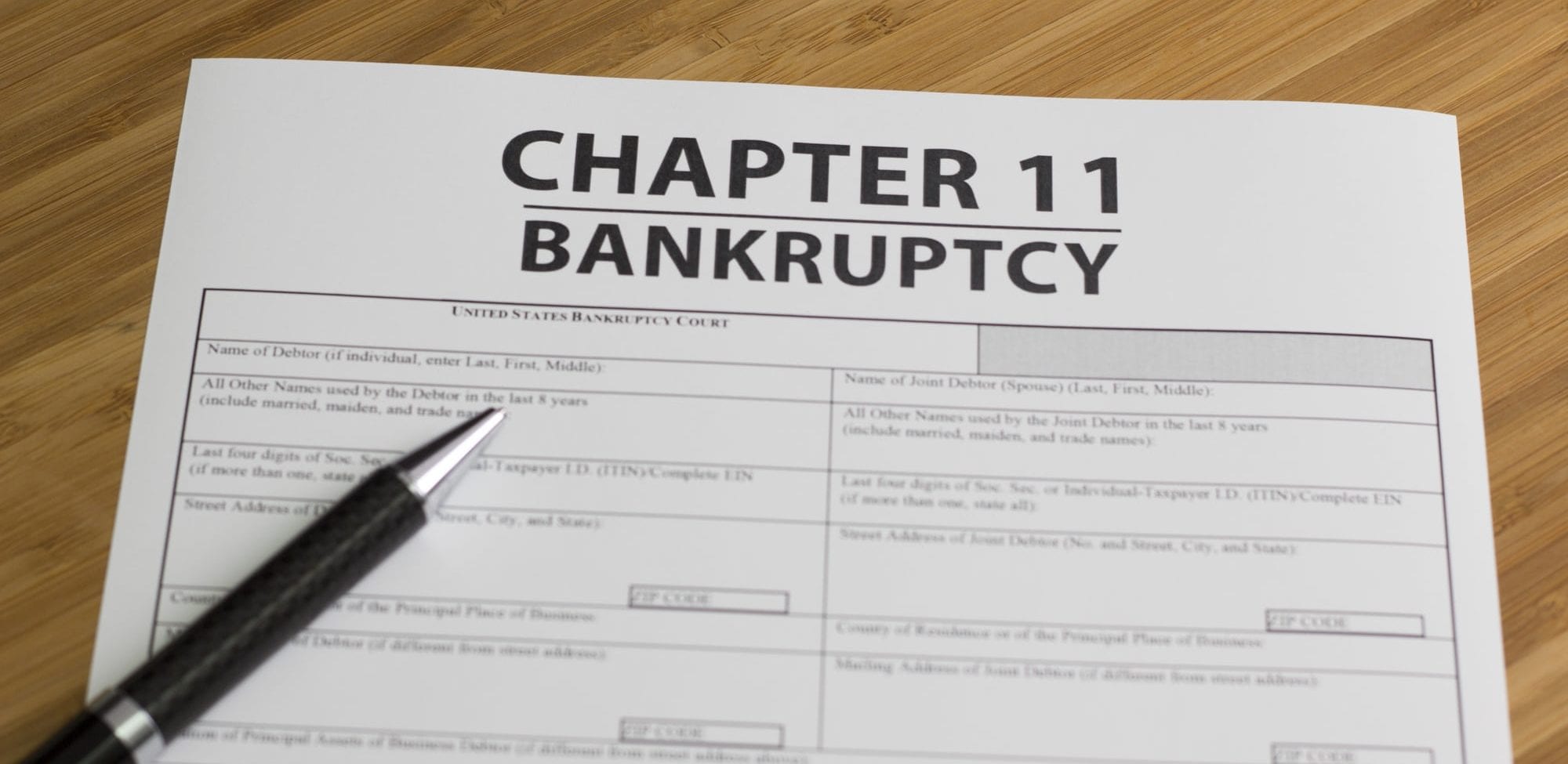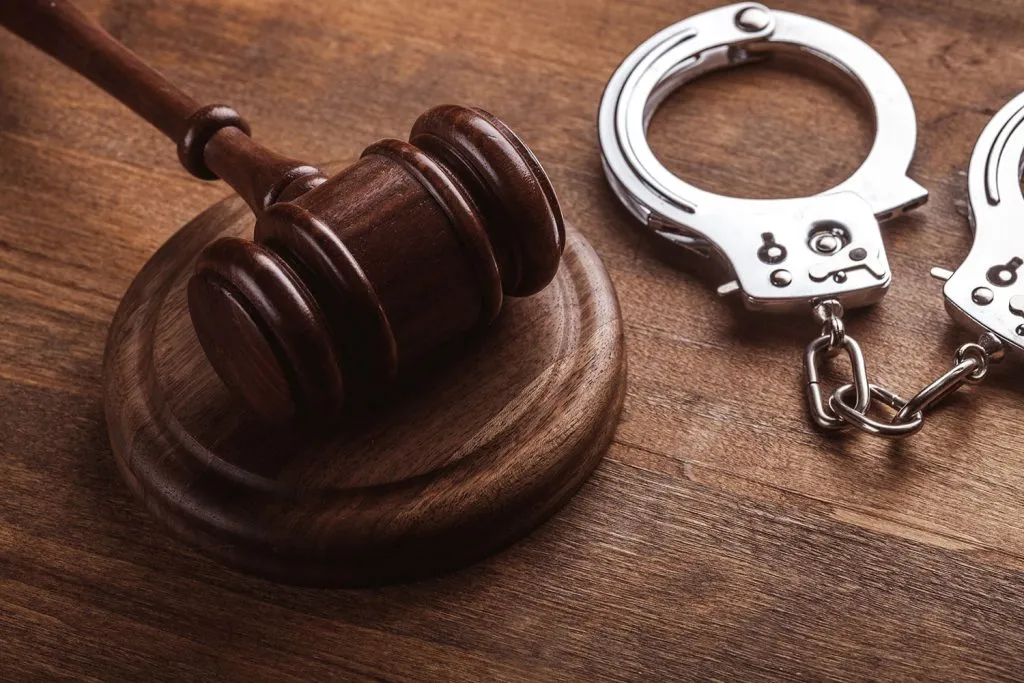Bankruptcy is a complex legal process that can be challenging to understand without concrete examples. In this article, we will delve into the world of bankruptcy and provide you with real-life examples to shed light on this intricate subject. By exploring these examples, you’ll gain a clearer understanding of the different types of bankruptcy and how they work.
Chapter 7 Bankruptcy: A Fresh Start
Chapter 7 bankruptcy, also known as “liquidation bankruptcy,” is one of the most common forms of bankruptcy in the United States. It involves the sale of the debtor’s non-exempt assets to pay off creditors. The remaining eligible debts are typically discharged, providing the debtor with a fresh financial start.
Example 1: John’s Fresh Start
John, a single father with substantial credit card debt, lost his job during the COVID-19 pandemic. With no source of income, he could not keep up with his monthly bills. John decided to file for Chapter 7 bankruptcy. After a thorough assessment of his assets and debts, the court determined that most of his assets were exempt. As a result, John was granted a discharge of his credit card debt, allowing him to start over financially.
Chapter 13 Bankruptcy: Reorganizing Debts
Chapter 13 bankruptcy is often referred to as “reorganization bankruptcy.” It is designed for individuals with a regular source of income who want to repay their debts over a set period, usually three to five years.
Example 2: Sarah’s Debt Repayment Plan
Sarah, a working professional, found herself overwhelmed by medical bills following a serious accident. She decided to file for Chapter 13 bankruptcy to restructure her debts and create a manageable repayment plan. The court approved Sarah’s proposed plan, and she is now making affordable monthly payments to her creditors. Once she successfully completes the plan, her remaining eligible debts will be discharged.
Chapter 11 Bankruptcy: Business Reorganization
Chapter 11 bankruptcy is primarily intended for businesses but can also be used by individuals with substantial debts. It allows debtors to restructure their finances and continue their operations.
Example 3: ABC Corp’s Financial Rebirth
ABC Corporation, a medium-sized manufacturing company, faced financial turmoil due to increased competition and declining sales. They filed for Chapter 11 bankruptcy to restructure their debts while continuing their operations. Through the bankruptcy process, ABC Corporation negotiated with creditors to reduce their debt obligations and developed a feasible plan to return to profitability. After successfully implementing the plan, the company emerged from Chapter 11 bankruptcy as a more financially stable entity.
Chapter 12 Bankruptcy: Farmers and Fishermen
Chapter 12 bankruptcy is specifically designed for family farmers and fishermen. It offers a tailored approach to managing their unique financial challenges.
Example 4: The Smith Family Farm
The Smith family operates a small farm and faced financial difficulties due to adverse weather conditions and fluctuating crop prices. They decided to file for Chapter 12 bankruptcy, which allowed them to restructure their debts and create a manageable repayment plan based on their seasonal income. This bankruptcy option ensured that the Smith family could continue their farming operations while addressing their financial issues.
Chapter 9 Bankruptcy: Municipal Bankruptcy
Chapter 9 bankruptcy is exclusively for municipalities, such as cities, counties, and school districts. It allows them to restructure their debts and continue providing essential services to their communities.
Example 5: The City of Elmville’s Recovery
The city of Elmville experienced financial distress due to a significant drop in property tax revenue and increased pension obligations. To address these challenges, Elmville filed for Chapter 9 bankruptcy. Through the bankruptcy process, the city negotiated with its creditors and developed a plan to stabilize its finances while ensuring the delivery of vital public services. Elmville’s successful emergence from Chapter 9 bankruptcy showcased how this chapter can aid municipalities in financial recovery.
- What debts can be discharged in Chapter 7 bankruptcy? In Chapter 7 bankruptcy, unsecured debts such as credit card debt, medical bills, and personal loans can typically be discharged. However, certain obligations, such as student loans and child support, are usually not dischargeable.
- Can I keep my home and car in Chapter 7 bankruptcy? It depends on the value of your assets and the specific exemptions available in your state. In many cases, you can keep your primary residence and vehicle if they fall within the allowed exemption limits.
- How long does Chapter 13 bankruptcy last? Chapter 13 bankruptcy typically lasts three to five years, during which you make monthly payments according to your court-approved repayment plan.
- Are there alternatives to bankruptcy? Yes, alternatives to bankruptcy include debt consolidation, negotiation with creditors, and credit counseling. These options can help individuals and businesses address their financial difficulties without filing for bankruptcy.
- What is the impact of bankruptcy on my credit score? Bankruptcy can have a significant negative impact on your credit score. It will remain on your credit report for several years, making it challenging to access credit at favorable terms. However, with responsible financial management, you can gradually rebuild your credit over time.
Conclusion
Bankruptcy is a multifaceted legal process with various chapters, each tailored to different circumstances. Understanding bankruptcy examples can shed light on how individuals, businesses, and municipalities can navigate financial challenges and work toward a fresh start. Whether it’s Chapter 7 for a clean slate or Chapter 11 for business reorganization, bankruptcy provides a legal framework for addressing financial difficulties and emerging stronger on the other side.







